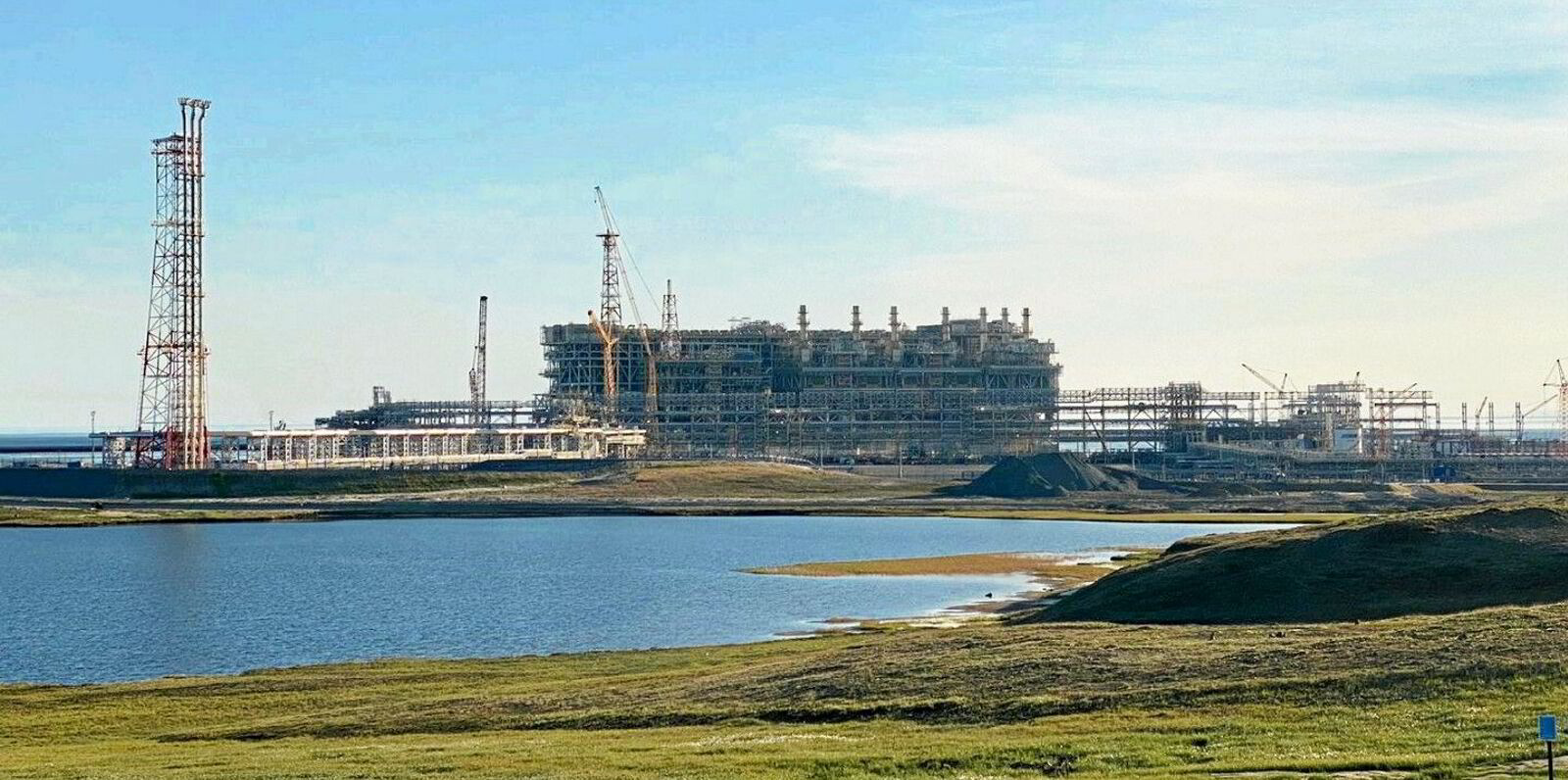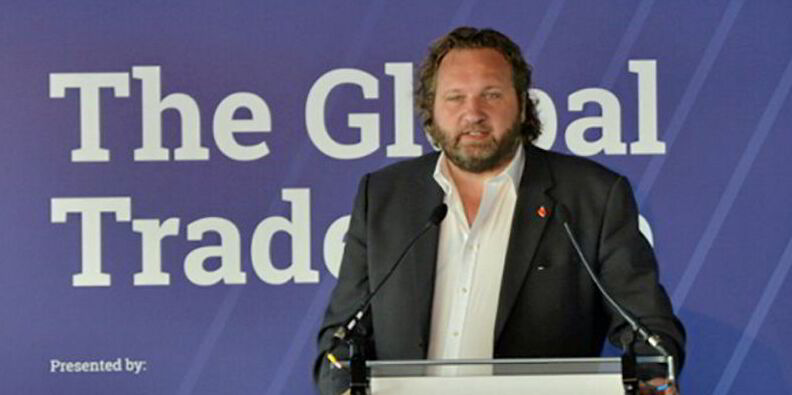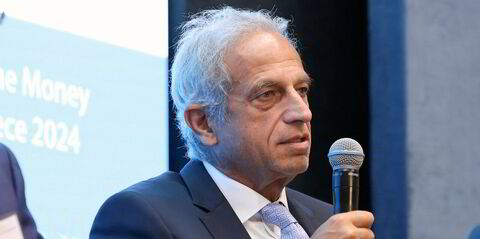Frontline chief executive Lars Barstad spoke for many in mainstream shipping when he said he had lost all faith in sanctions to curb the trade in elderly tankers carrying Russian, Iranian and Venezuelan oil.
Western nations have introduced round after round of vessel, company and personal blacklists to target the bad actors taking advantage of this lucrative — and still growing — business.
But still, the oil finds desperate buyers, funding repressive regimes worldwide.
The John Fredriksen tanker company has been vocal for years on the subject, expressing concern about the safety and the environmental impact of these veteran vessels that dodge the breakers’ beaches.
Barstad also said he has given up hope that the industry can regulate itself out of the problem.
“From our side of the equation, we struggle to understand why this trade can even go on,” he said in an earnings call.
“But if you come from a crude-short nation, which needs to refine petrol for your inhabitants, then you will obviously take an opportunity for any barrels that you can get hold of,” he explained.
Other owners moan about the fabulous rates on offer to their more unscrupulous brethren, which they can’t touch.
Russian state shipowner Sovcomflot has admitted challenges operating under Western sanctions, with many of its designated ships delayed in the second and third quarters.
But it still seems to find a way to get oil out and is making hundreds of millions of dollars in profit each year.
Call this trade what you want — war profiteering, blood money — it stinks on all levels, let’s be honest.
And don’t imagine the industry is oblivious either to which owners are sending their seafarers through the Red Sea, to be bombed and shot at by Houthi militants, despite deaths and vessel sinkings.
Through the looking glass
These old tankers pass through the looking glass into a parallel universe, like the Upside Down in Netflix’s sci-fi horror series Stranger Things, but with fewer moral qualms than even that scary smoke monster thing in there.
This is a whole separate ecosystem, mirroring the mainstream insurance and finance sectors to keep oil moving.
This largely lawless realm uses flags of convenience and corporate veils, with new owners and ship managers springing up all over the place at will.
Russia, Iran and Venezuela have their own fleets and can simply avoid docking in countries where sanctions would apply.
Ukrainian researchers at the Kyiv School of Economics have published a list of nearly 80 core Russian-trading ships that have not yet been sanctioned by the West.
This was done with the express aim of laying the next round of sanctions on a plate for these governments.
But would even that amount of blacklisting achieve anything tangible?
The G7 nations created a rod for their own back with the price cap on Russian oil — setting up a “legal” outlet for exports and forming another two tiers within what was already a two-tier tanker market.
Singapore collision brings safety into focus
The issues were brought into stark focus by the collision between the 300,000-dwt VLCC Ceres I (built 2001), a dark fleet stalwart, and a Hafnia product carrier off Singapore last month.
The bigger tanker even tried to flee the scene despite suffering a serious fire.
A major oil spill has to be a possibility at some point in the future.
But the successful trading of elderly ships may have sown the seeds of its destruction.
As more ageing vessels try to carry these cargoes, the market becomes oversupplied and margins collapse, forcing tonnage to be scrapped.
Similarly, if Iranian sanctions are dropped, vessels that are engaged in the dark trade will not be welcomed back into the mainstream arena, tightening the market for reputable shipowners’ tankers.
That’s the theory anyway. Let’s see, shall we?






